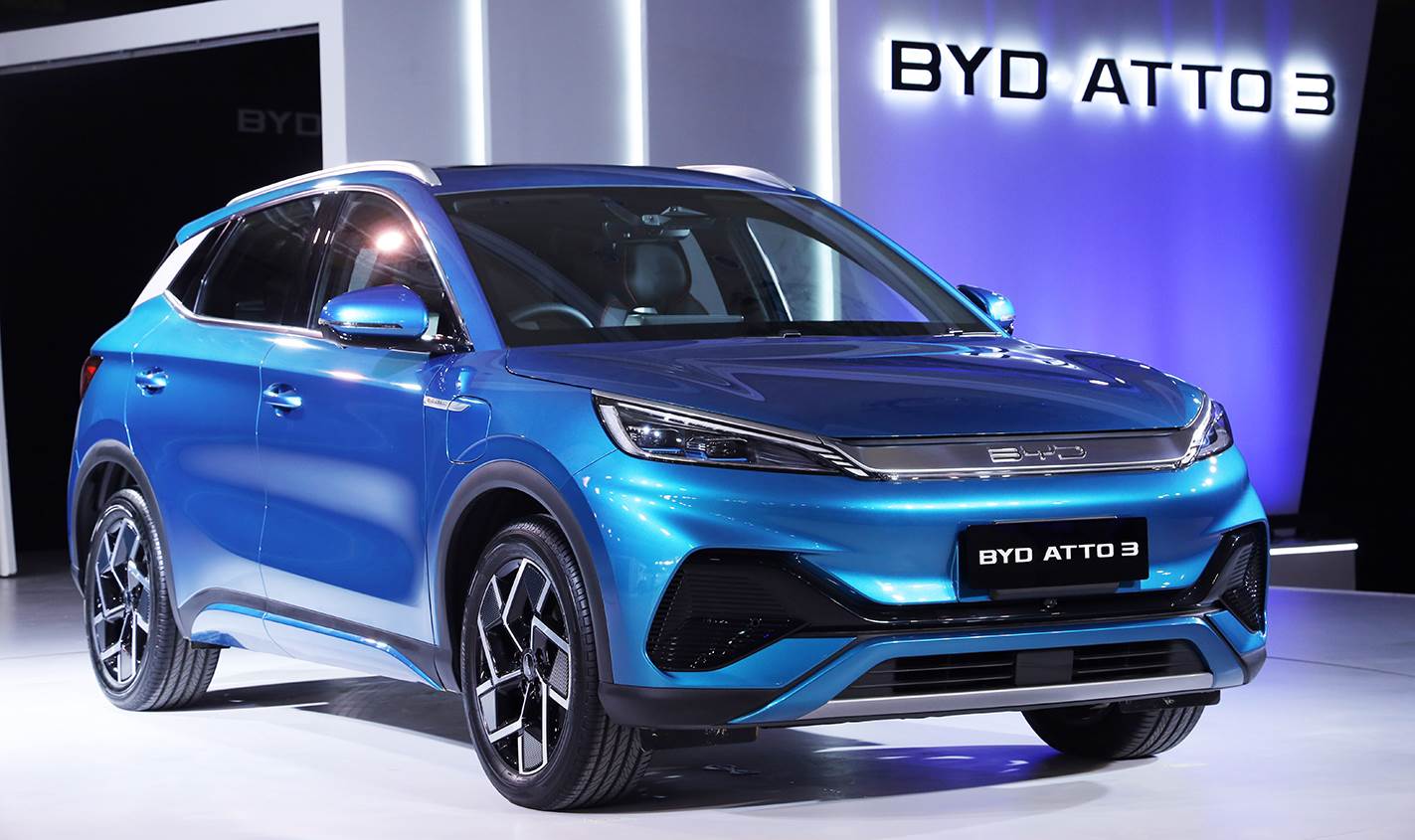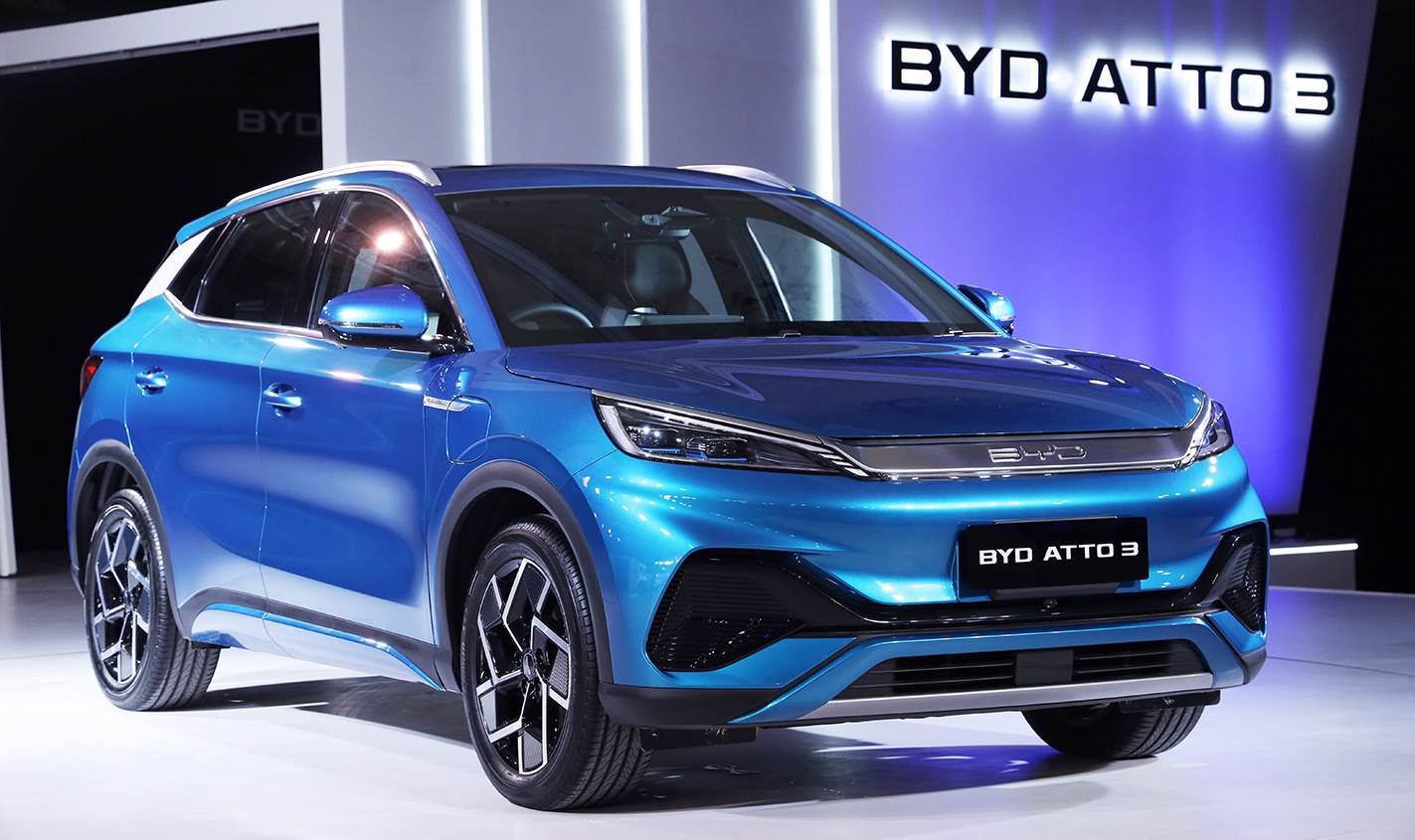Chinese EV maker BYD, which launched its third product – the BYD Seal EV sedan – in India on March 5, plans to enhance its market coverage from the existing 65 percent to over 90 percent in the coming years.
The company aims to grow its footprint from the existing 24 outlets to realise 90 percent coverage, which would entail opening new showrooms in regions like the North East, as well as other cities wherein it identifies potential for EVs in the Rs 30-lakh category.
“We want to cover at least 90 percent of India’s EV market with our footprint, and we will open more showrooms as per the market’s requirements. We are currently present in all the metros as well as other key cities such as Jaipur, Calicut, Surat, among others. Going forward, we will open new showrooms in areas where the coverage is lower. Furthermore, the North East, which is a slowly-evolving market, will see a new BYD outlet,” Sanjay Gopalakrishnan, SVP, Electric Passenger Vehicle Business, BYD India, told media in New Delhi.
The company says the South is the biggest EV market in India, followed by the North and West, which are almost equal. “Therefore, if our network covers 90 percent of the total market, we believe it will be a good coverage by the third year of our operations. And that is what we are targeting,” Gopalakrishnan added.

Premium Atto 3 e-SUV is currently undergoing homologation. BYD aims to unlock potential to further the model’s sales from the restricted 2,500 units-per-annum limit for non-homologated fully-imported cars into India.
While it was ranked the No. 4 passenger EV maker in India in CY2023, BYD India also aims to maintain its dominance in the Rs 30 lakh EV segment, with models like the Atto 3 SUV and e6 MPV, which are priced in the Rs 30-40 lakh region. Its maiden product – the e6 MPV – witnesses around 60 percent sales from fleet buyers, whereas the company says its family-oriented, premium Atto 3 e-SUV, is presently undergoing homologation, that will unlock potential to further its sales from the restricted 2,500 units-per-annum limit for non-homologated fully-imported cars into India.
“We want to be the leaders in the overall Rs 30 lakh EV segment with our sedan-MPV-SUV combination, and if everything goes well, we aim to grow positively in CY24 compared to last year, with a wider network, and a bigger product portfolio, being the key enablers,” he highlighted. BYD India witnesses around 60-70 percent of its sales through retail financing, while 25 percent of its overall volumes come from referrals.
While it is working on curating some EV buyback plans for its customers, BYD India says the aspect of battery recycling, and cost of a salvageable battery need to be ascertained. “The challenge is that the battery recycling industry itself is quite nascent, and even globally, the residual prices are still not really on the offering, thereby impeding EV penetration,” Gopalakrishnan explained.
“However, we expect these challenges to resolve around CY2025 which will mark the next phase of EV ownership in India, with the country completing around 8 years of its EV industry as well as vehicle parc. It is an evolving space, and we will offer some captive programmes for our customers,” he added.
Will consider bringing other affordable EVs to India
Although the company did not reveal any local assembly / manufacturing plans, BYD India is also eyeing volume EVs in the country, and as per Gopalakrishnan, “We do have affordable models in the global portfolio and as the Indian EV market matures, we can consider them for India. We feel once the EV market reaches about 5-7 percent penetration, the volumes will shoot aggressively. We are in a long-term play, and we will go as per the market dynamics.”
“There are strong projections about India being a significant EV market by 2030, and India must be a long-term strategic market to enable BYD to rank among the top EV makers globally,” he pointed out.
“We are here for the long-term, and will bring more models. Even our existing dealers are players who have invested into the EV game from a long-term perspective,” Gopalakrishnan signed off.
ALSO READ: Over 3.4 million EVs on Indian roads, Maharashtra leads in 2Ws, PVs and buses, UP in 3Ws
